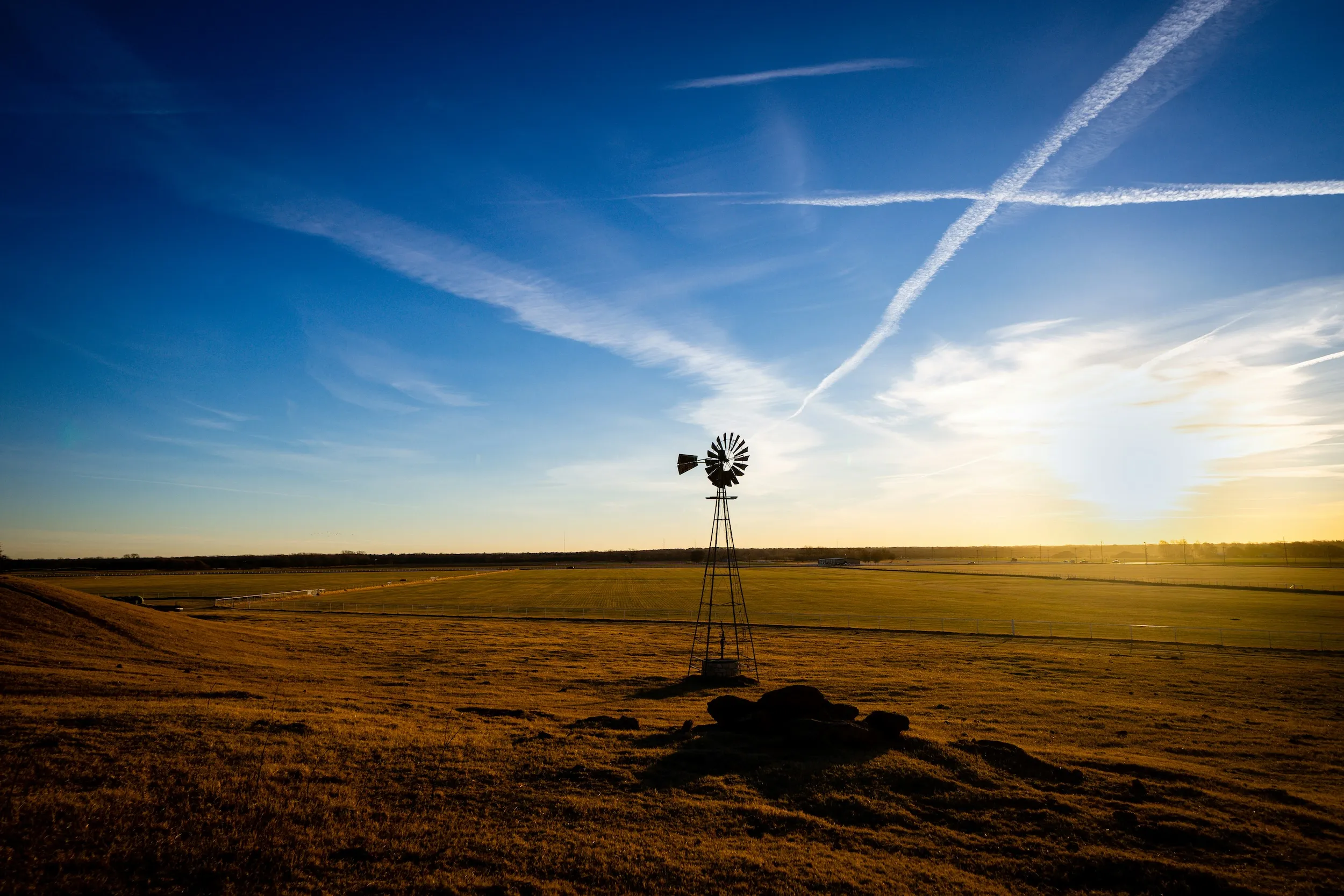Oklahoma's Persistent Rankings Challenge: A Path Forward for State Leadership
The sun rises over Oklahoma's rolling plains each morning, casting light on a state rich with natural resources, cultural heritage, and hardworking people. Yet behind this promising landscape lies a sobering reality: Oklahoma consistently ranks among the bottom states nationally across multiple critical measures of wellbeing and prosperity.

The sun rises over Oklahoma's rolling plains each morning, casting light on a state rich with natural resources, cultural heritage, and hardworking people. Yet behind this promising landscape lies a sobering reality: Oklahoma consistently ranks among the bottom states nationally across multiple critical measures of wellbeing and prosperity.
As SOAR Partners continues our mission to find innovative solutions for community challenges, we must confront the data that shows Oklahoma's persistent struggles and identify pathways toward meaningful improvement.
Current State Rankings: The Reality Check
Recent data paints a concerning picture of Oklahoma's national standing. According to U.S. News & World Report's 2023 state rankings, Oklahoma sits at 43rd overall among all states, with particularly troubling positions in education (49th) and healthcare (49th). The state also ranks poorly in quality of life measures, with the "life, health and inclusion" category placing Oklahoma at 49th nationally (U.S. News & World Report, 2023).
Despite many leadership initiatives and policy efforts over the years aimed at improving Oklahoma's standing, the data shows limited progress toward meaningful advancement in these critical areas. As numerous stakeholders have noted, advancing in state rankings requires consistent, strategic investment and long-term planning beyond any single administration or legislative session.
Areas of Critical Concern
Several specific metrics highlight Oklahoma's challenges:
- Education: Ranking 49th nationally according to both U.S. News and WalletHub studies, Oklahoma's education system continues to struggle with academic achievement, graduation rates, and adequate funding (Gazette Staff, 2025).
- Healthcare Access: With the 49th ranking in healthcare according to U.S. News, Oklahomans face significant barriers to quality care, exacerbated by rural hospital closures—Oklahoma has the fourth-highest number of rural hospitals at immediate risk of closing nationally (Gazette Staff, 2025).
- Poverty Rates: Census data from 2022 shows Oklahoma's poverty rate at 15.7%, significantly higher than the national average of 11.5% and ranking as the 8th highest in the nation. Child poverty is even more alarming at 19.5%, affecting nearly one in five Oklahoma children (Oklahoma Policy Institute, 2023).
- Mental Health: Oklahoma has the 8th highest suicide rate nationally, a statistic that appears on the state's own metrics dashboards (Gazette Staff, 2025).
- Business Climate: Despite having some economic advantages, CNBC's 2023 business rankings placed Oklahoma 41st overall, with particularly low scores in education (48th) and quality of life (49th) (KOSU, 2023).
Pathways to Progress
While these rankings paint a challenging picture, Oklahoma has the potential to significantly improve its standing through targeted, evidence-based approaches:
- Invest in Education Transformation: Substantial investment in public education—from early childhood through higher education—must become a genuine priority. This means competitive teacher salaries, adequate classroom resources, and curriculum modernization focused on preparing students for tomorrow's economy.
- Expand Healthcare Access: Building on Medicaid expansion, which contributed to Oklahoma's uninsured rate dropping from 13.8% in 2021 to 11.7% in 2022, the state should continue expanding healthcare access, particularly in underserved rural areas (Oklahoma Policy Institute, 2023).
- [BC1] Rural Revitalization: Enhanced collaboration between state agencies, local governments, and tribal nations could leverage collective expertise and resources for rural community investment. Strong partnerships across all stakeholders are essential for addressing the unique challenges facing Oklahoma's rural communities.
- Business Development Strategy: Oklahoma's economic development approach must balance business-friendly policies with investments in quality of life, education, and infrastructure that attract forward-thinking companies and talent from across the nation and globe.
A Commitment to Long-Term Vision
Oklahoma's challenges didn't develop overnight, and solutions will require sustained commitment beyond political cycles. As we look toward the state's future, the key question becomes not just how to improve individual rankings, but how to create an integrated vision of prosperity.
The lessons from successful states show that economic development, education excellence, and quality of life improvements are interconnected. Oklahoma has the resources and people to achieve dramatic improvements in its national standing, but doing so will require both bold vision and pragmatic implementation from leaders across the public, private, and nonprofit sectors.
At SOAR Partners, we remain committed to collaborating with communities, organizations, and leaders to help build that better future for all Oklahomans. Learn more about opportunities for partnership by contacting us at info@soar.partners.
[BC1]This might feel a little too politically charged at the moment (even though it's really not a big political statement in reality)
.svg)





